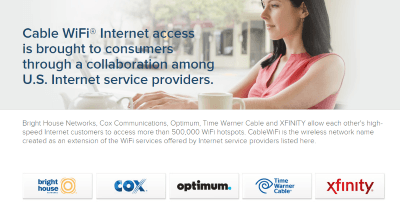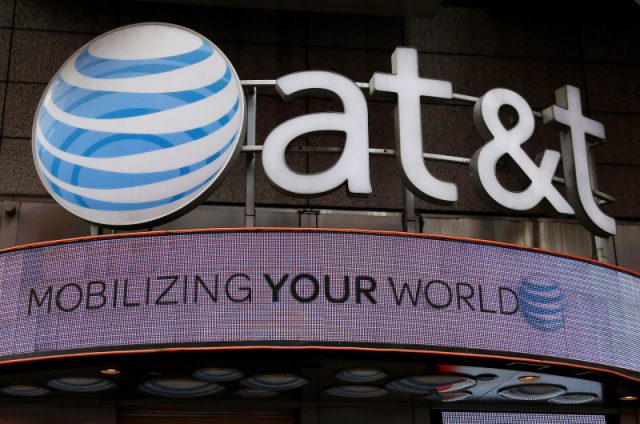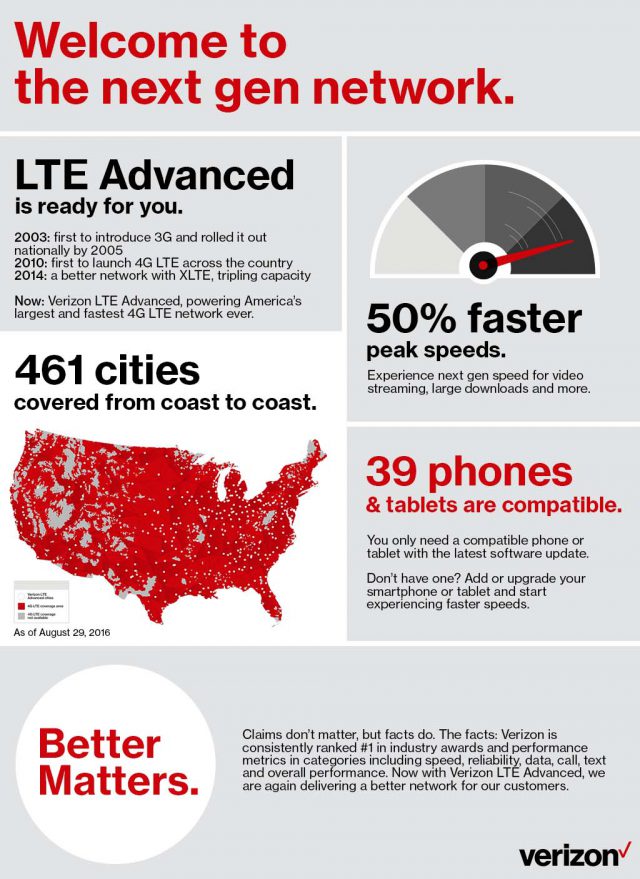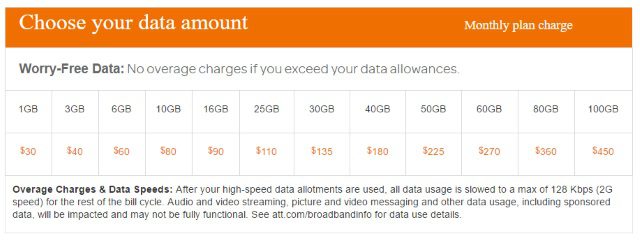 Comcast has confirmed new Altice USA and Charter Communications customers that used to subscribe to Cablevision, Time Warner Cable, and Bright House Networks will be able to continue accessing the free nationwide Cable WiFi roaming service, even though Altice and Charter are not members of the consortium that runs it.
Comcast has confirmed new Altice USA and Charter Communications customers that used to subscribe to Cablevision, Time Warner Cable, and Bright House Networks will be able to continue accessing the free nationwide Cable WiFi roaming service, even though Altice and Charter are not members of the consortium that runs it.
“The Cable WiFi consortium remains in place following the recent merger and acquisitions activity,” a Comcast spokesperson told FierceCable. “Subscribers of each [company] that were previously entitled to use the CableWiFi hotspots continue to enjoy access. Access points that were made available by each [affected cable operator] continue to provide CableWiFi service.”
The network allows any Comcast, Cablevision/Altice USA, Charter/Time Warner Cable, Charter/Bright House Networks, and Cox Communications broadband customer to access a network of 500,000 nationwide Wi-Fi hotspots run by the five cable operators. Customers will know if they are in range of a hotspot by finding CableWiFi as an available connection. Broadband subscribers can log in using the same credentials they use when logging into their cable operator’s website.
It is unknown if Charter Communications or Altice USA will join the consortium directly, which would expand the network to cover legacy Charter customers and those signed up with Suddenlink, another Altice-owned operator.


 Subscribe
Subscribe Community broadband advocates will have to redouble their efforts to overturn state laws that restrict or prohibit municipal broadband, because the Federal Communications Commission today signaled it will no longer be a part of that fight.
Community broadband advocates will have to redouble their efforts to overturn state laws that restrict or prohibit municipal broadband, because the Federal Communications Commission today signaled it will no longer be a part of that fight.
 Verizon Wireless
Verizon Wireless 


